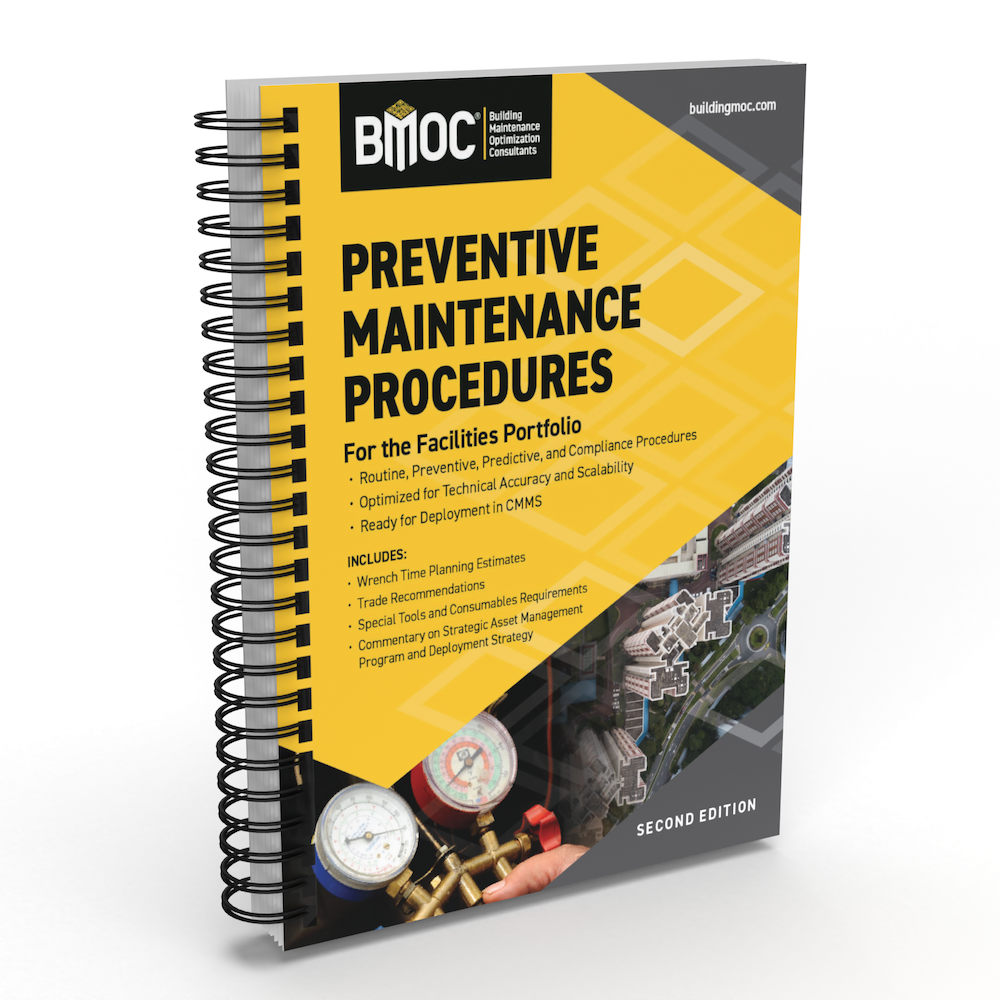However, now that commissioning is maturing and more commissioning providers are entering the market, the range of what people are calling “commissioning” is getting a bit too broad in my opinion. I think it’s time to take a stand on some minimum requirements. This column outlines what I believe to be the key characteristics of a meaningful FPT procedure, the document used to plan and execute the technical culmination of the commissioning process - system testing.
CRITICAL CHARACTERISTICS
The following are what I consider to be the critical requirements of an FPT test procedure:Step-by-step script.FPT procedures should dictate a chronological list of steps to be followed. The steps should be scripted in an efficient manner, minimizing the level of redundancy between steps as much as practical. The intent of testing is to demonstrate performance of each mode of system operation as effectively and efficiently as possible.
Repeatable.Although the commissioning professional should develop and oversee the execution of FPT procedures when they are implemented at the end of construction, the test procedures should be designed to be referenced by future building operations staff for recommissioning purposes. As such, the test procedures should be designed to stand alone and be understandable by reasonably knowledgeable building operations personnel without the commissioning professional’s involvement.
The action required for each step should not be open to interpretation in the field. For example, a step that reads, “Put the system into economizer mode,” does not explain how that should be done. The commissioning professional should define whether that should be accomplished by overriding outdoor air inputs, overriding return air inputs, changing setpoints, overriding the economizer mode software point, or some other method appropriate for the system and sequence being tested. Given the differences between BAS and their programming, a systems’ reaction is likely to vary depending on how the action is performed. To the greatest extent practical, this needs to be understood by the commissioning professional prior to the start of field testing.
Unambiguous pass/fail acceptance criteria. For each step of the test procedure, there should be a pass/fail definition of acceptable response. This typically is a description of how each device in a system is designed to react to the scripted action imposed on the system.
In the interest of field testing efficiency, the acceptance criteria should be clearly defined in terms that everyone in the field can understand and agree on. Valves and dampers should “open” or “close;” fans and pumps shall “start” or “stop;” modulating devices shall “modulate higher” or “modulate lower.” Simply stating that the system should respond “as specified” is not meaningful in an FPT procedure.
Customized. Until building systems, and especially their controls, are standardized, FPT procedures cannot be standardized. Each test procedure must reflect the final design and approved shop drawings for the unique systems in each building. There should be nothing “not applicable” in a project’s test procedure, e.g., if a step or reaction is not applicable, then it should be removed from the procedure.
OTHER NICE-TO-HAVE FEATURES
The following bullet points are features of FPT procedures which are recommended, but not technically critical, to improve communication between commissioning team members, to improve the efficiency of the field testing process, and to improve the commissioning documentation process. Some of these items could be included in other commissioning process documentation instead of in the FPT procedures.- A list of commissioning team members required to be present.
- A list of tools and instrumentation needed and who is responsible for supplying each.
- For HVAC systems, a list of building automation system trend logs that should be running to gather data while the FPT is executed
- A copy of the final design documentation and/or approved submittals for the system being tested - particularly the control schematics and sequences of operation.
- A space for FPT witnesses to sign in and/or sign off on the process.
- A space to summarize all deficiencies identified as a result of executing the FPT.






